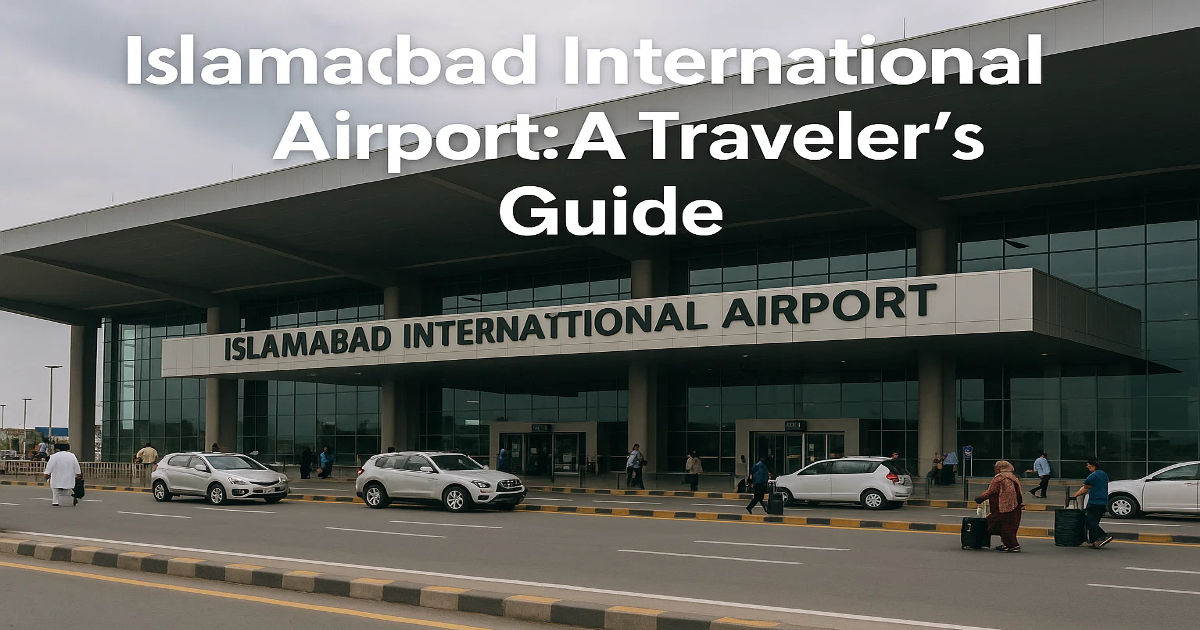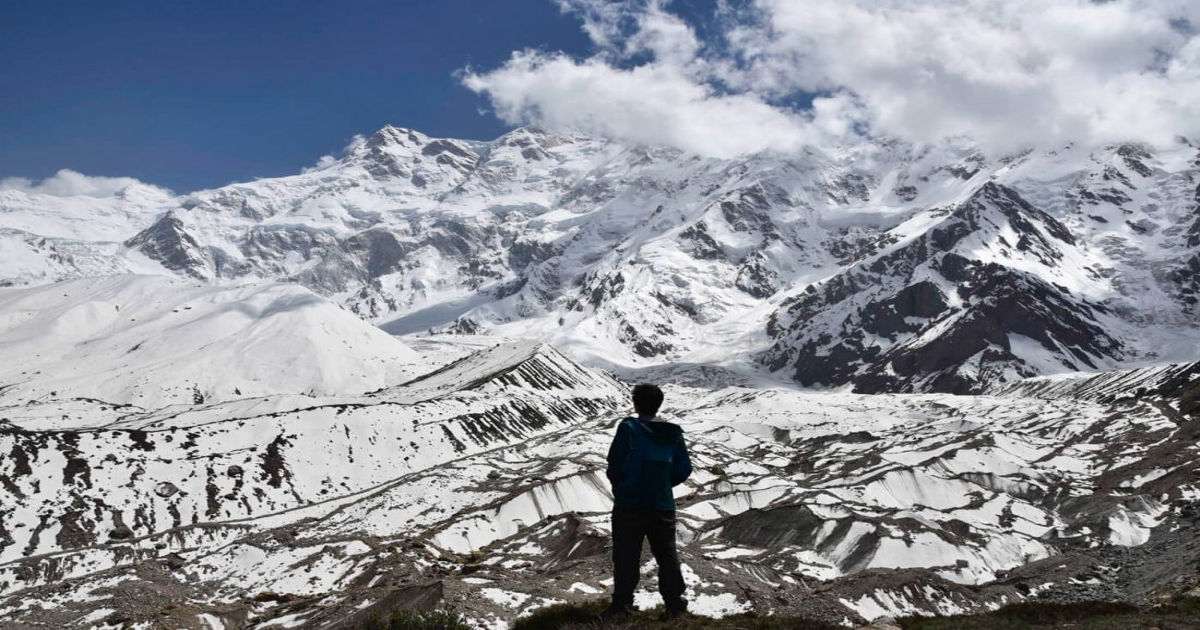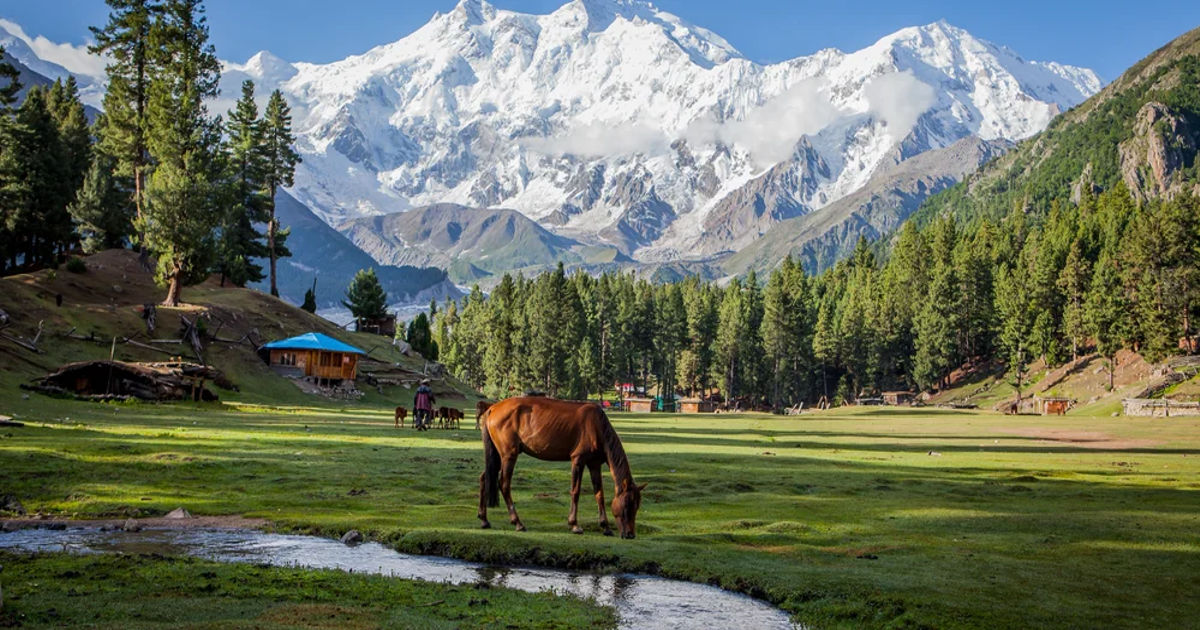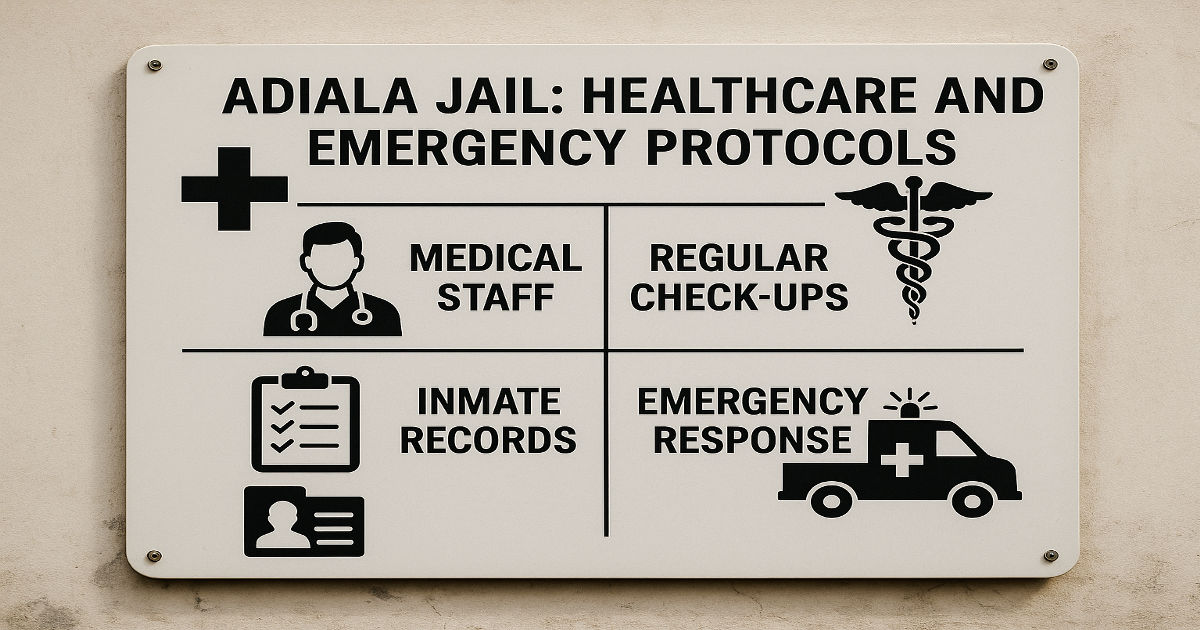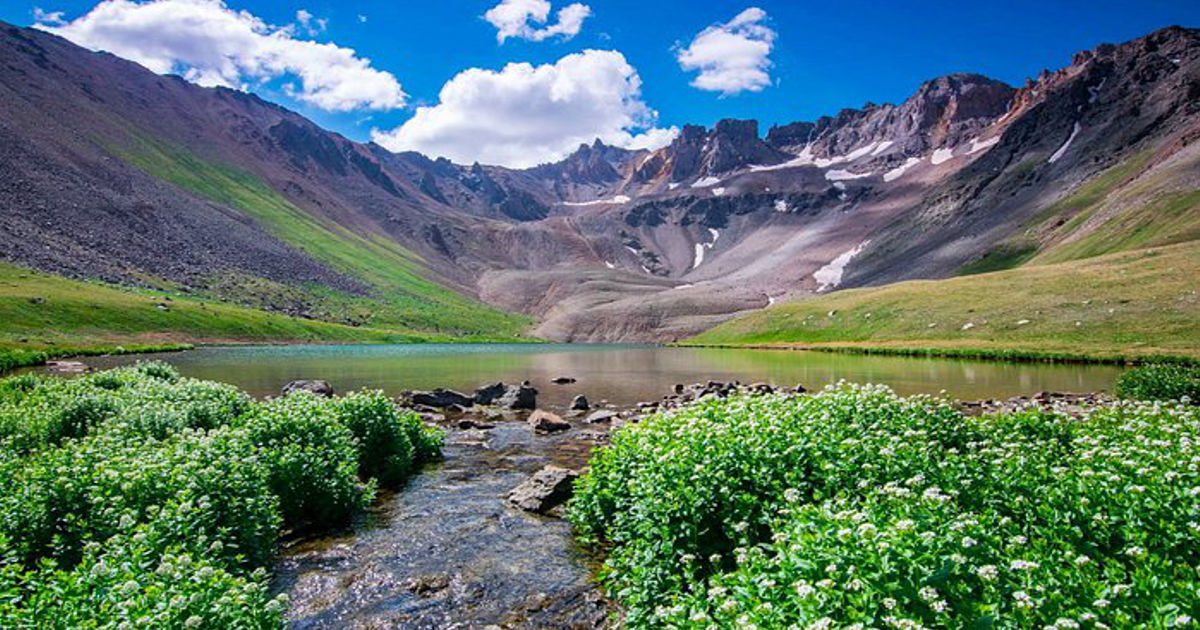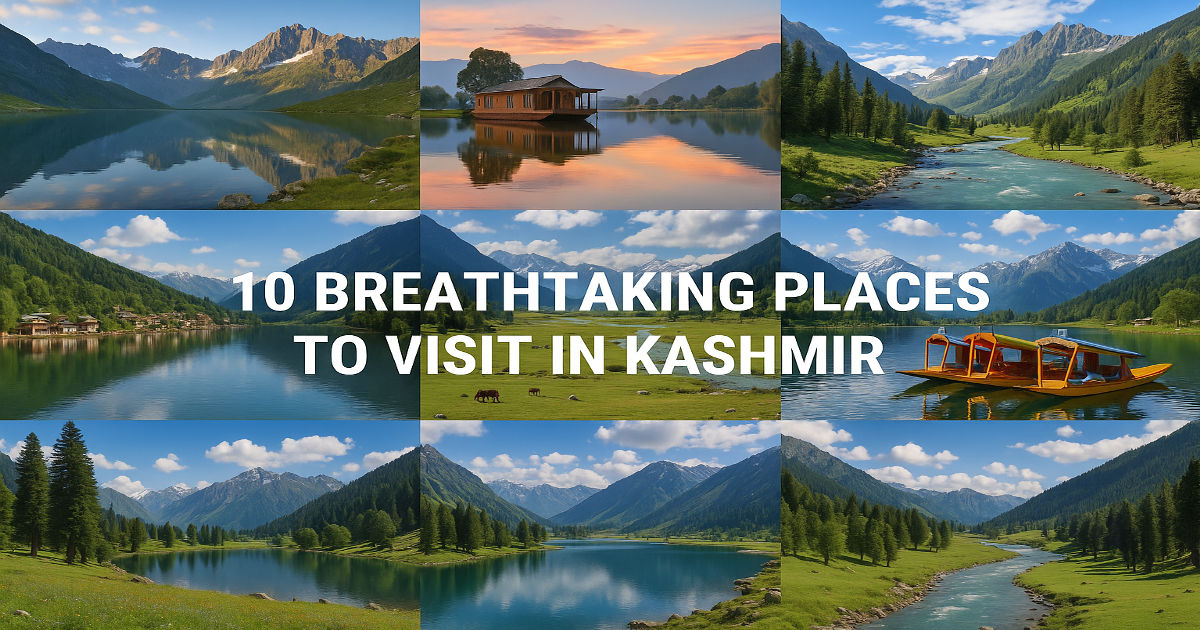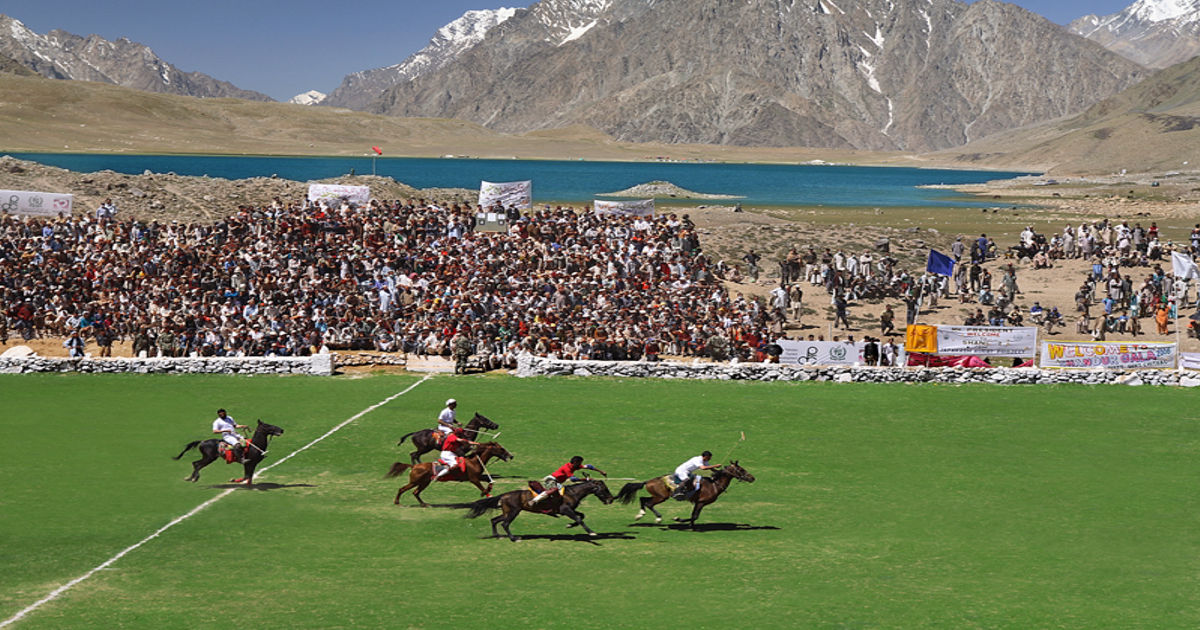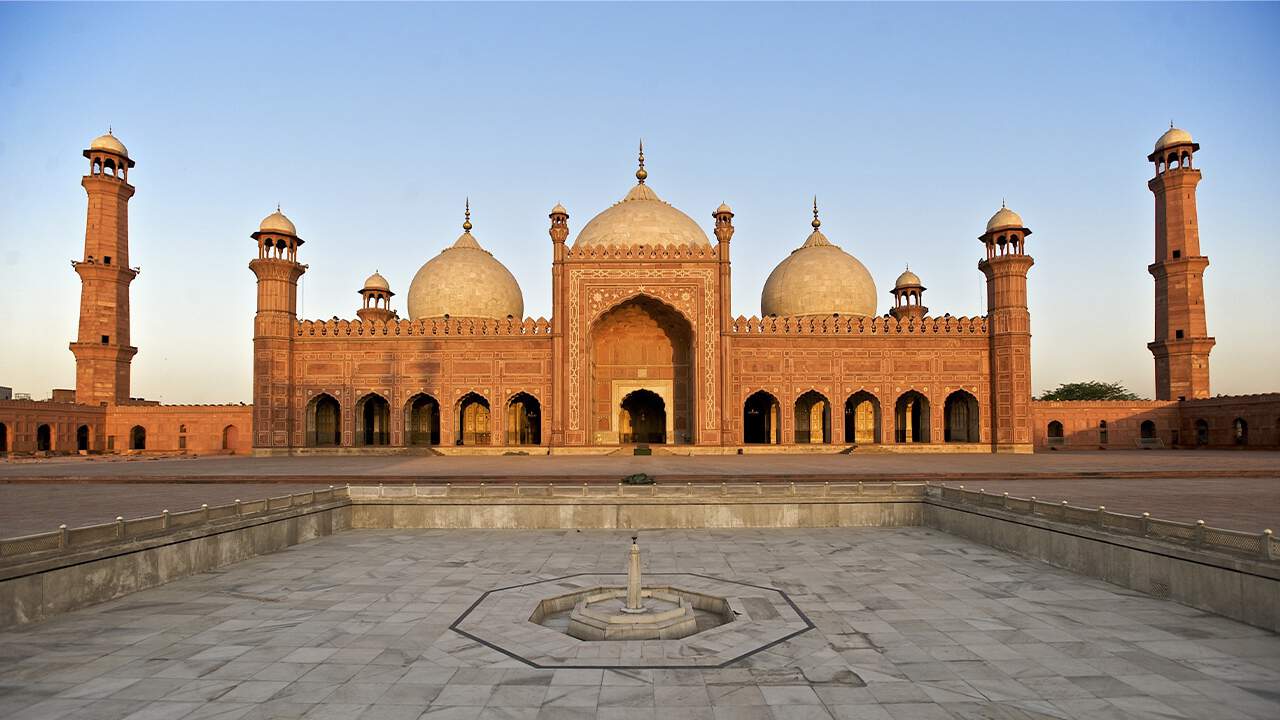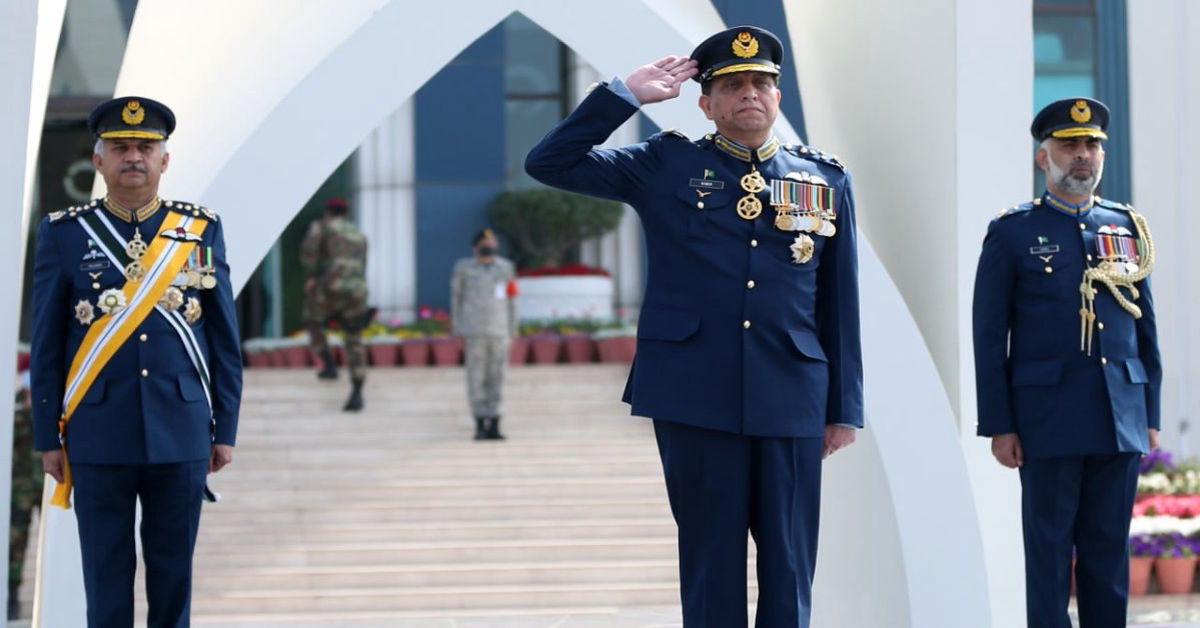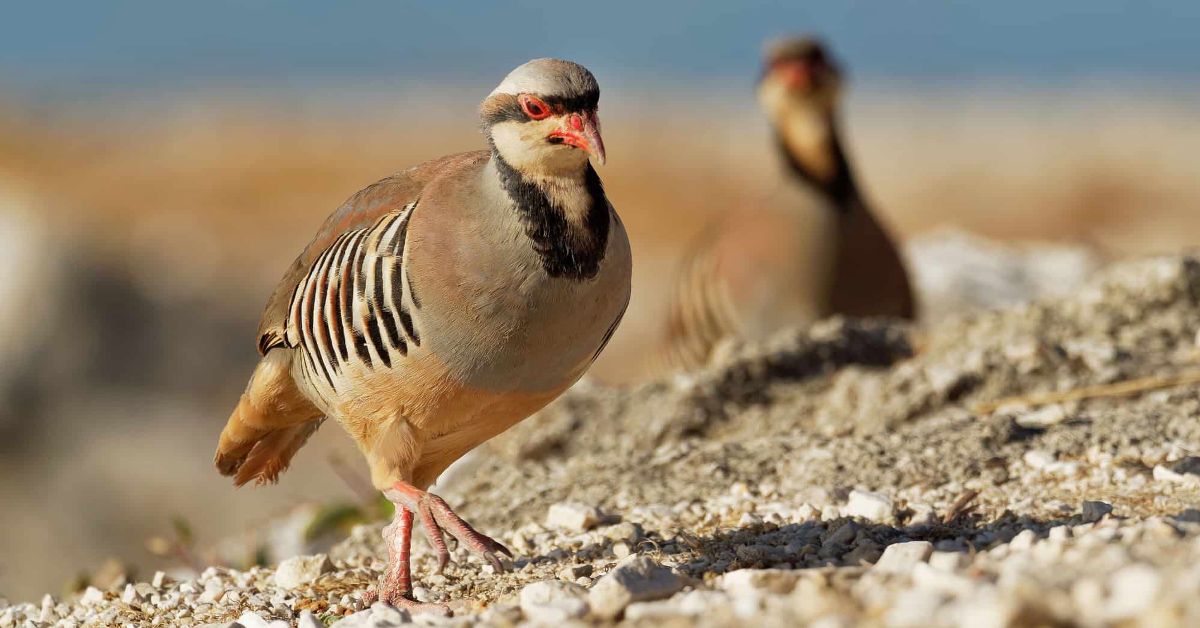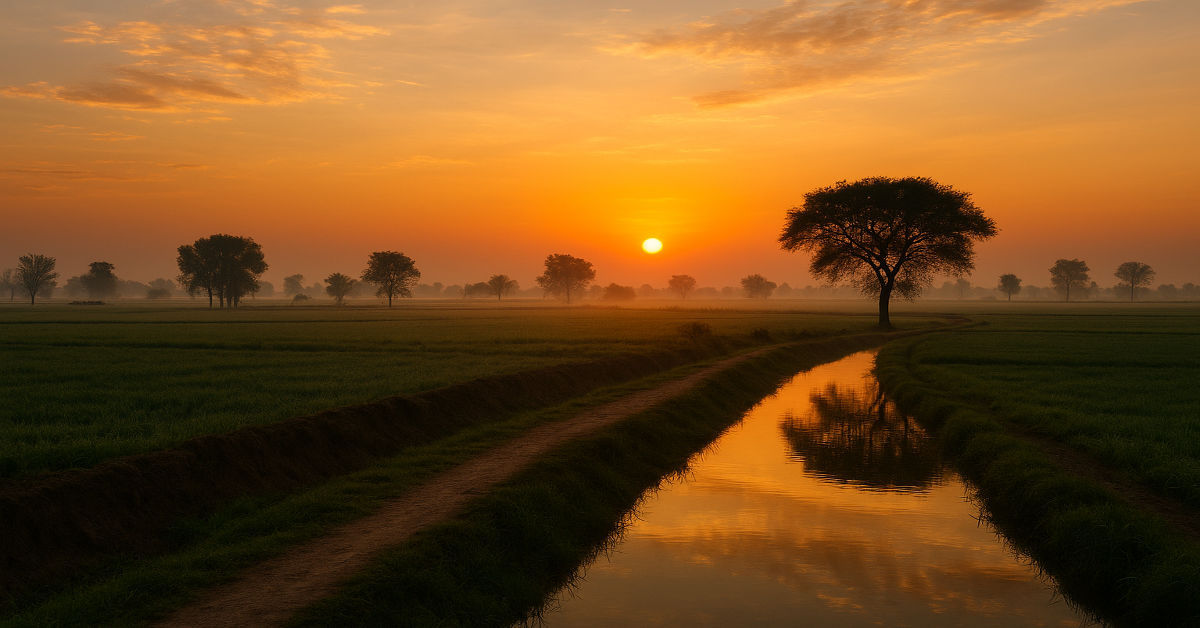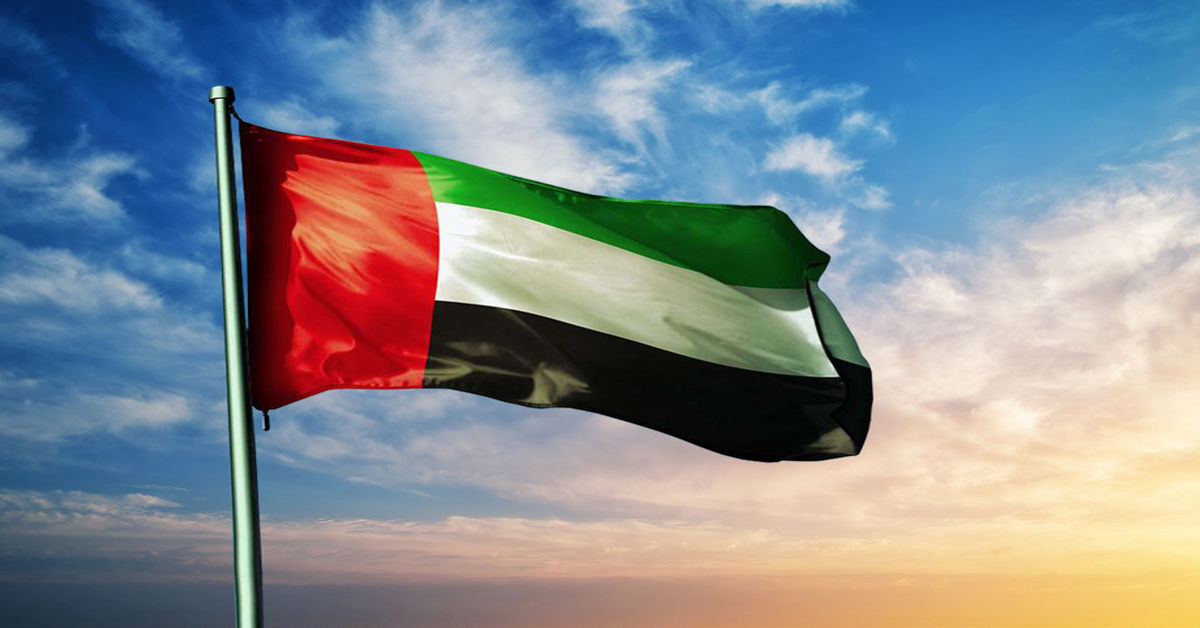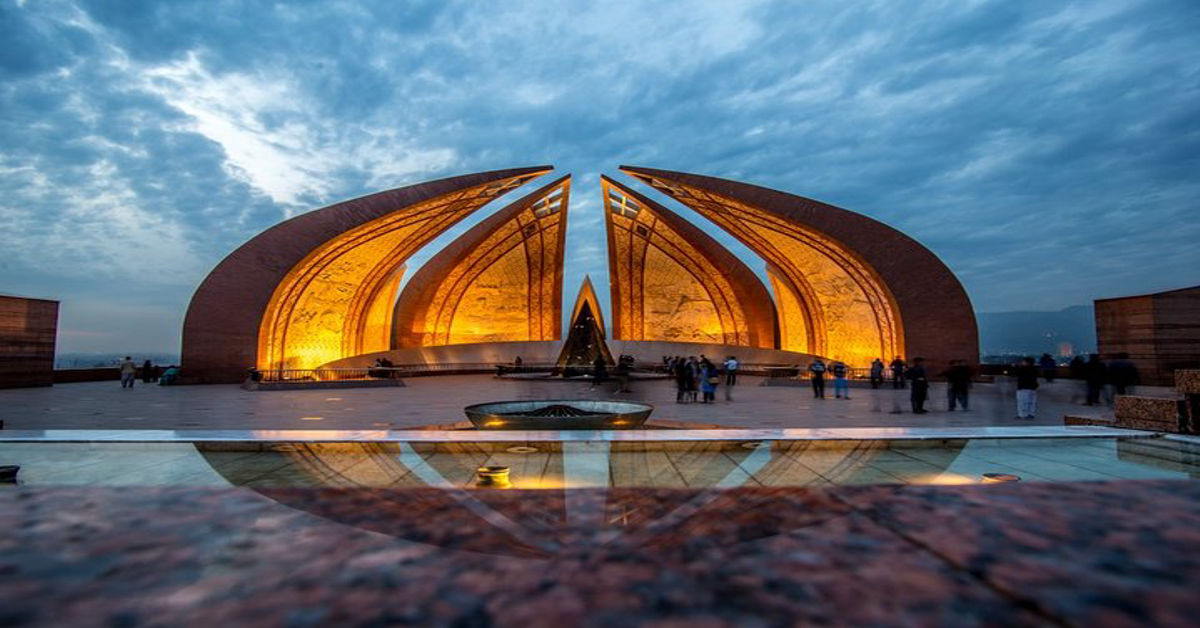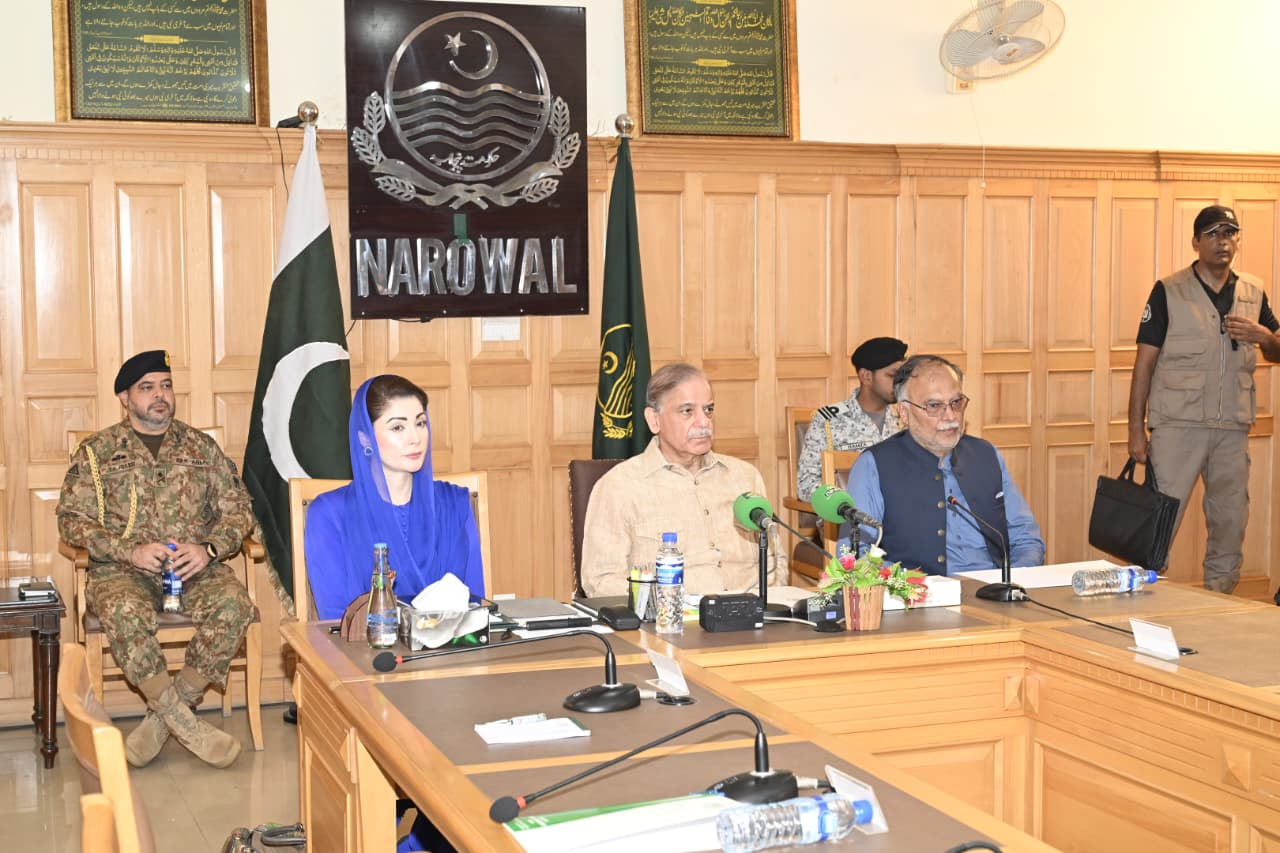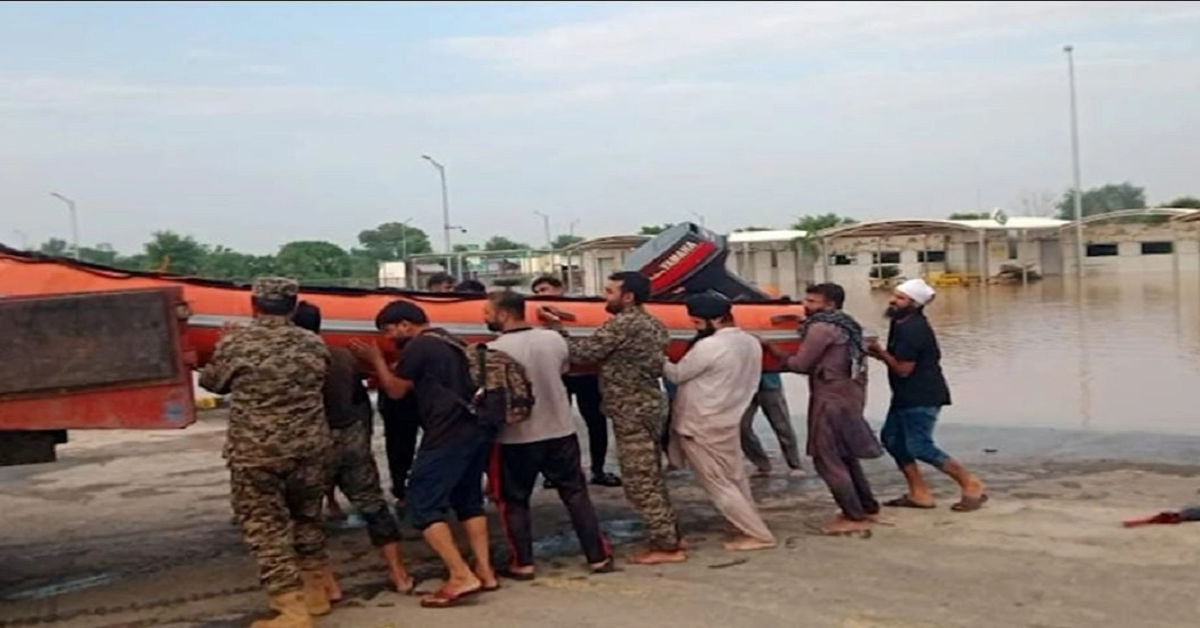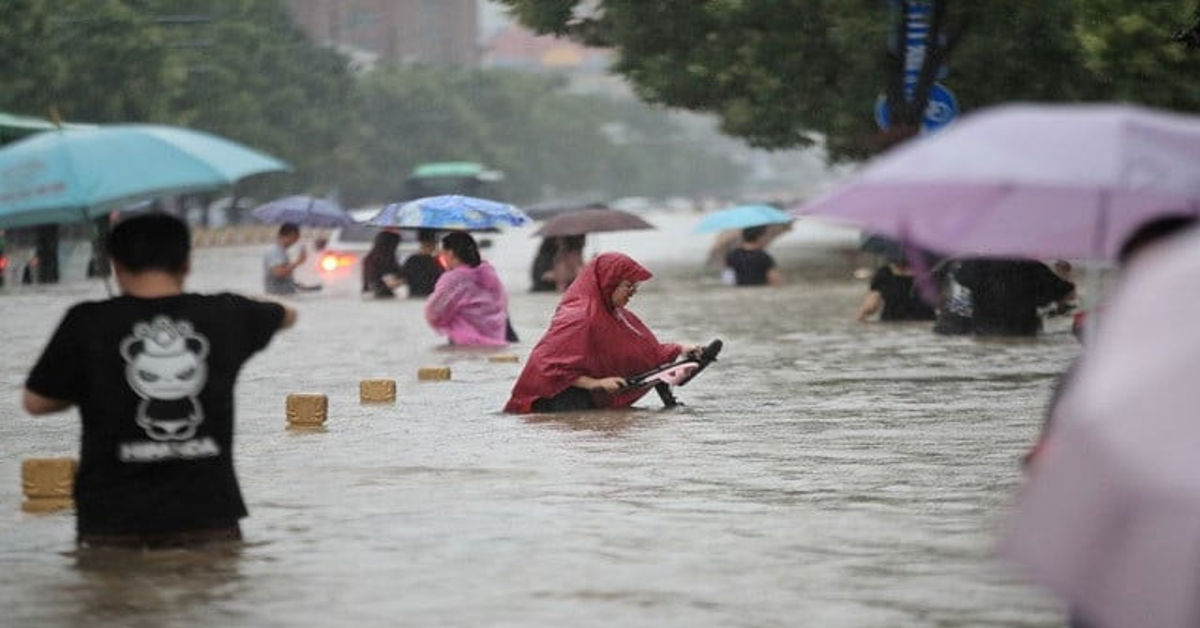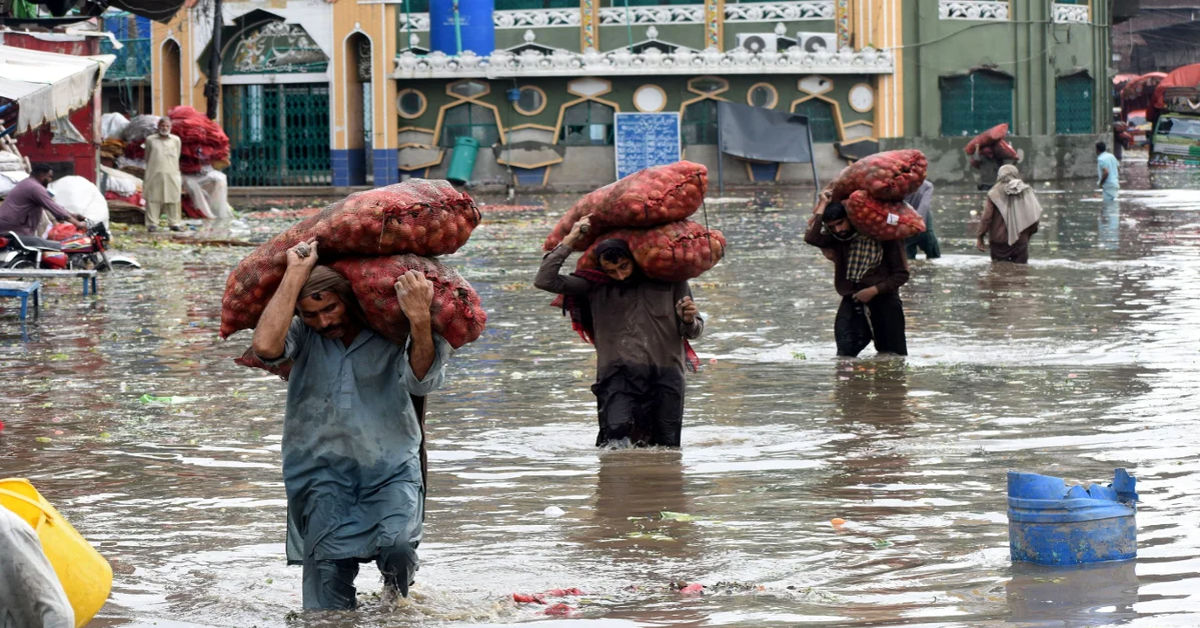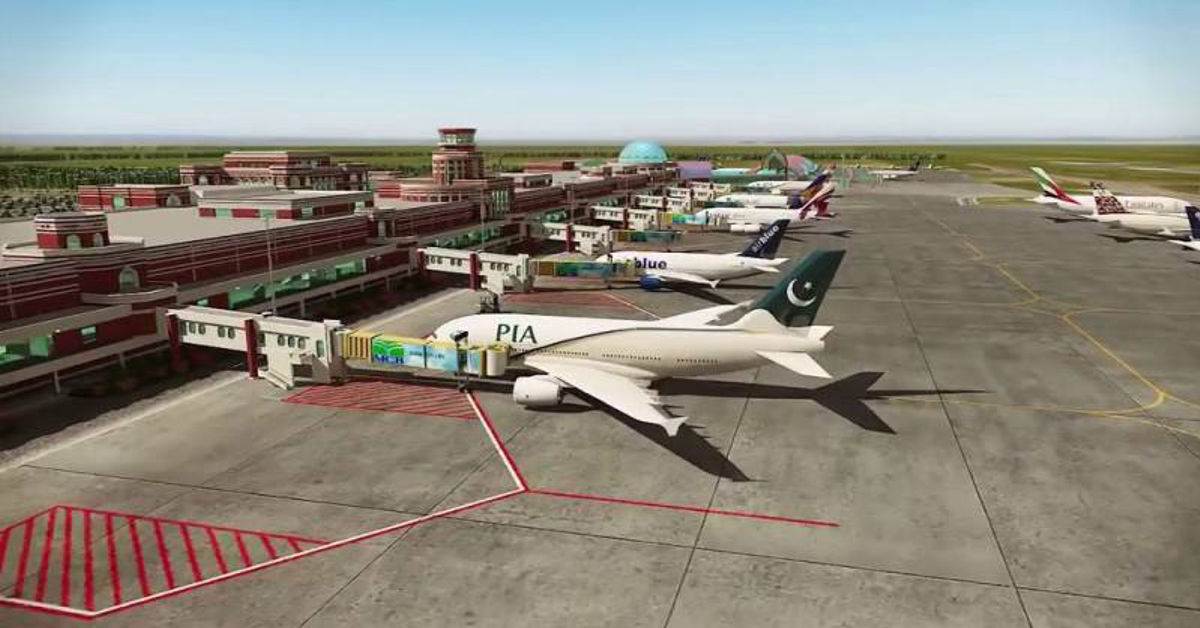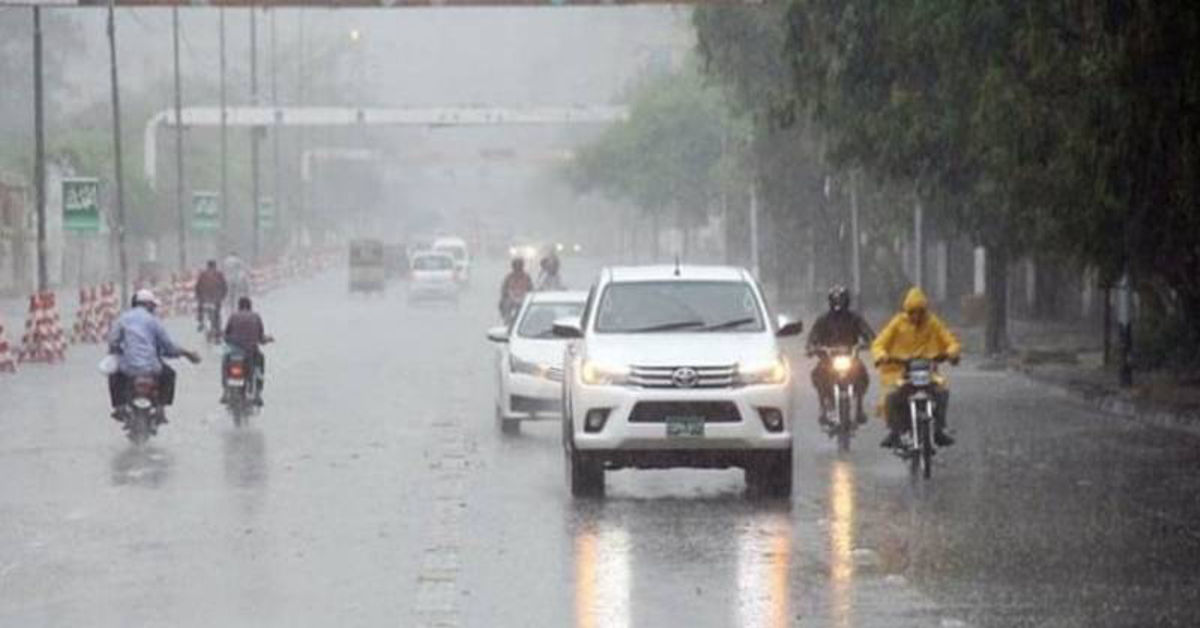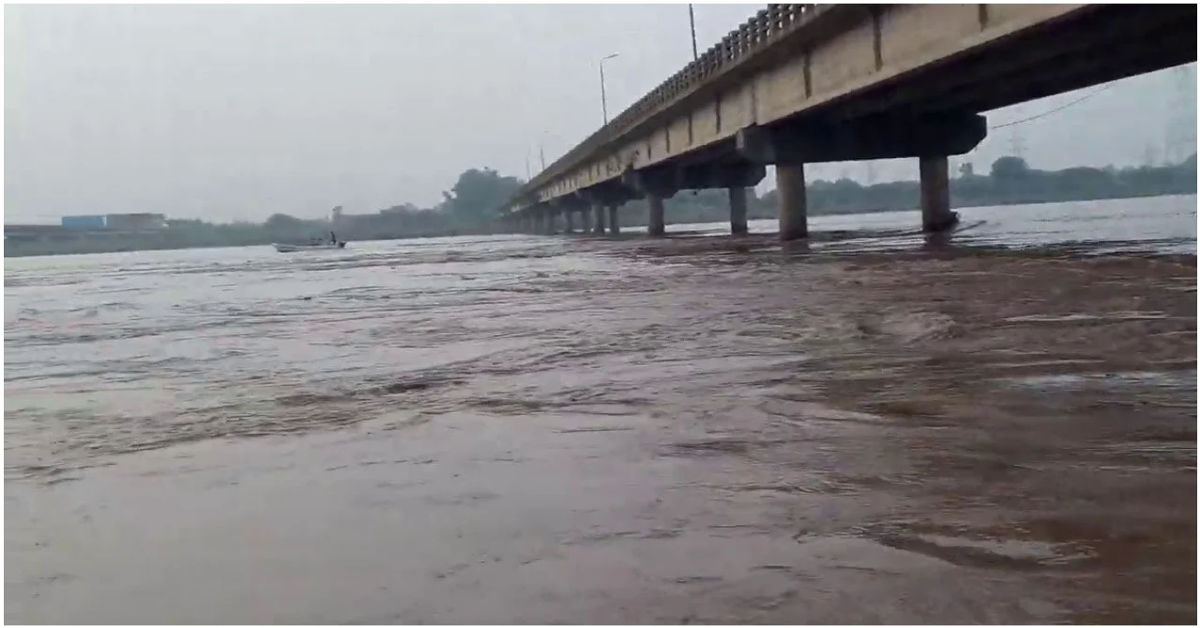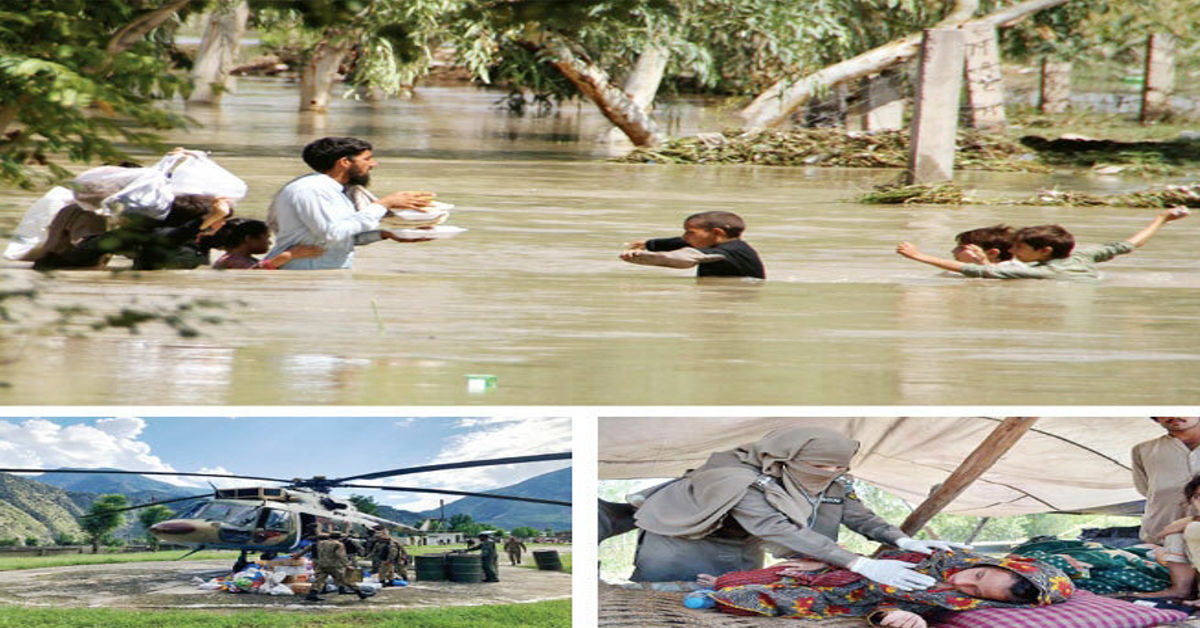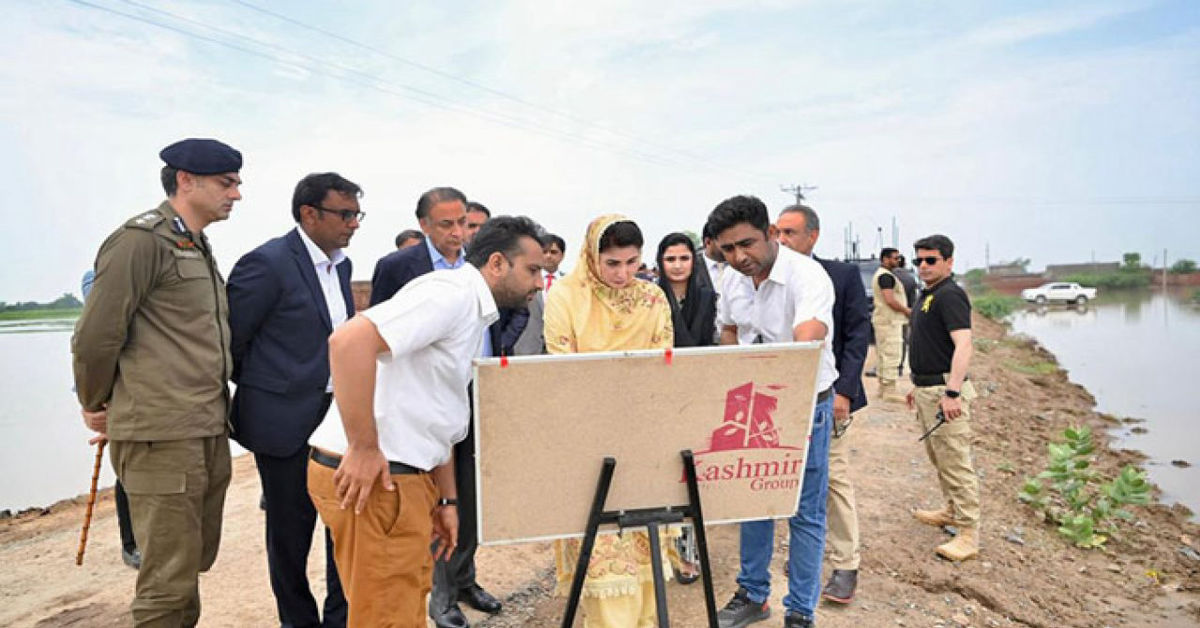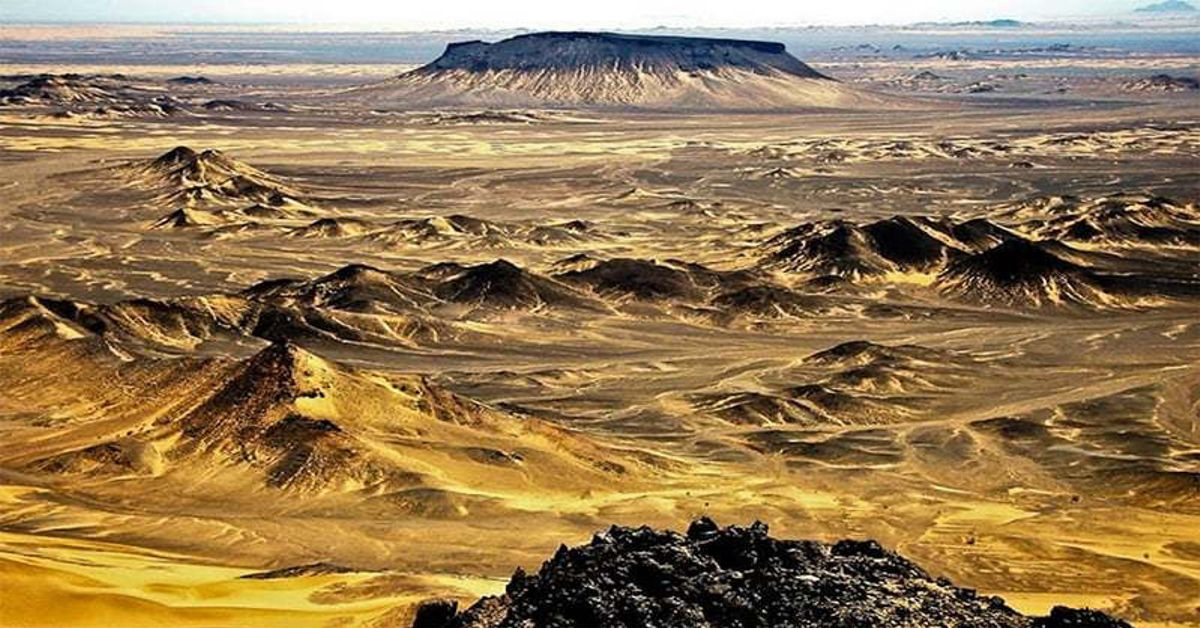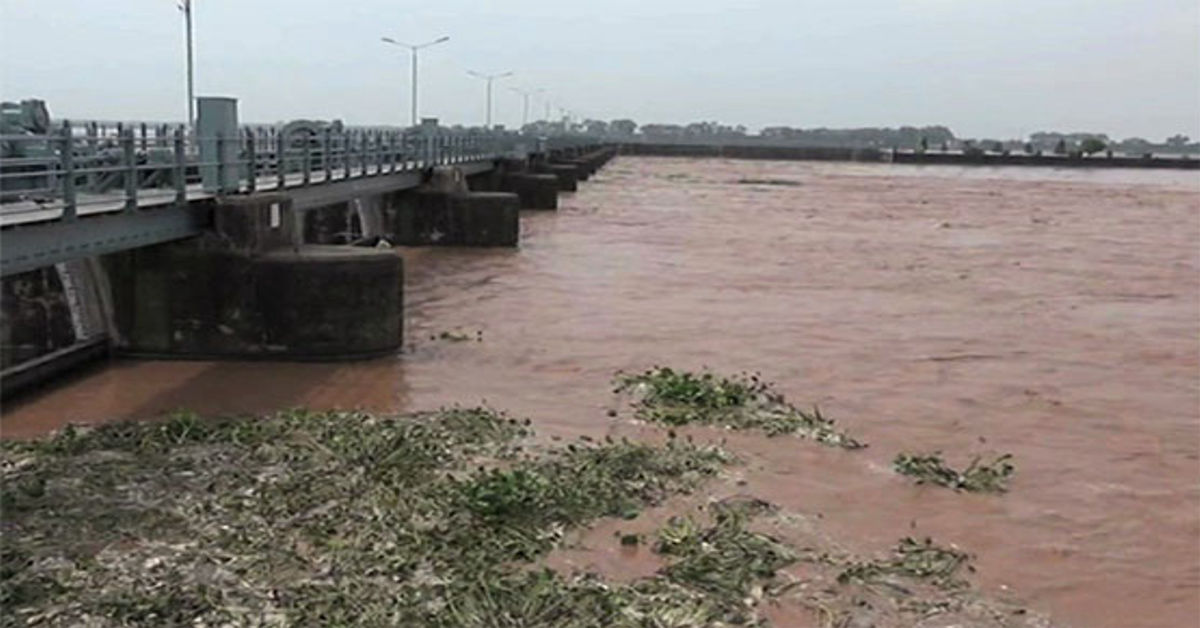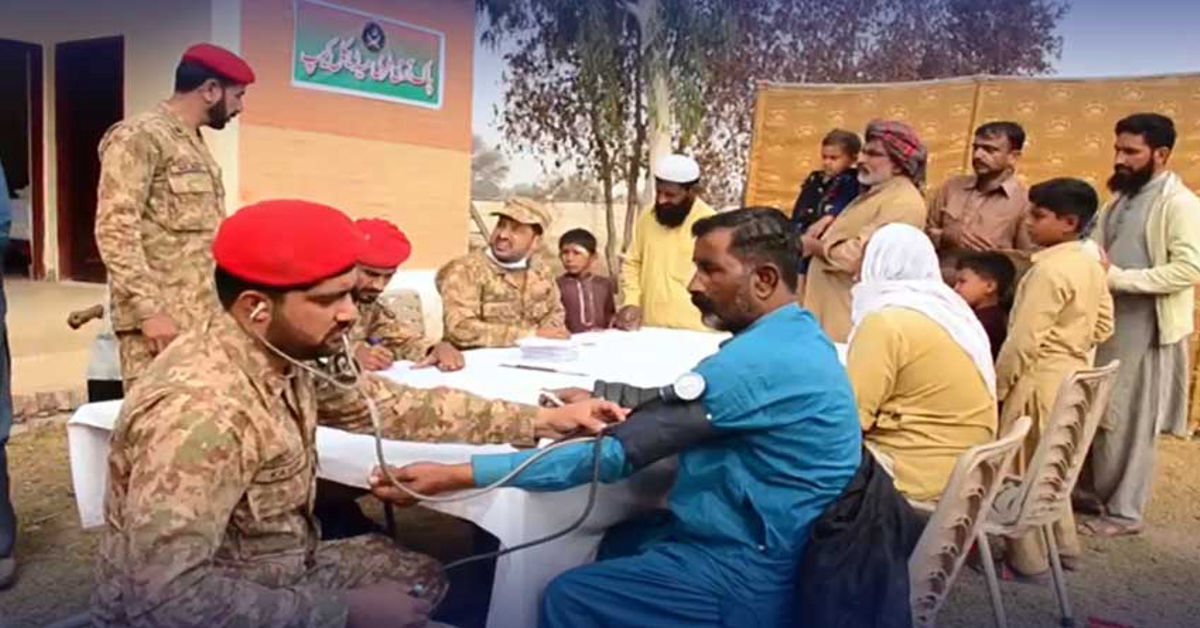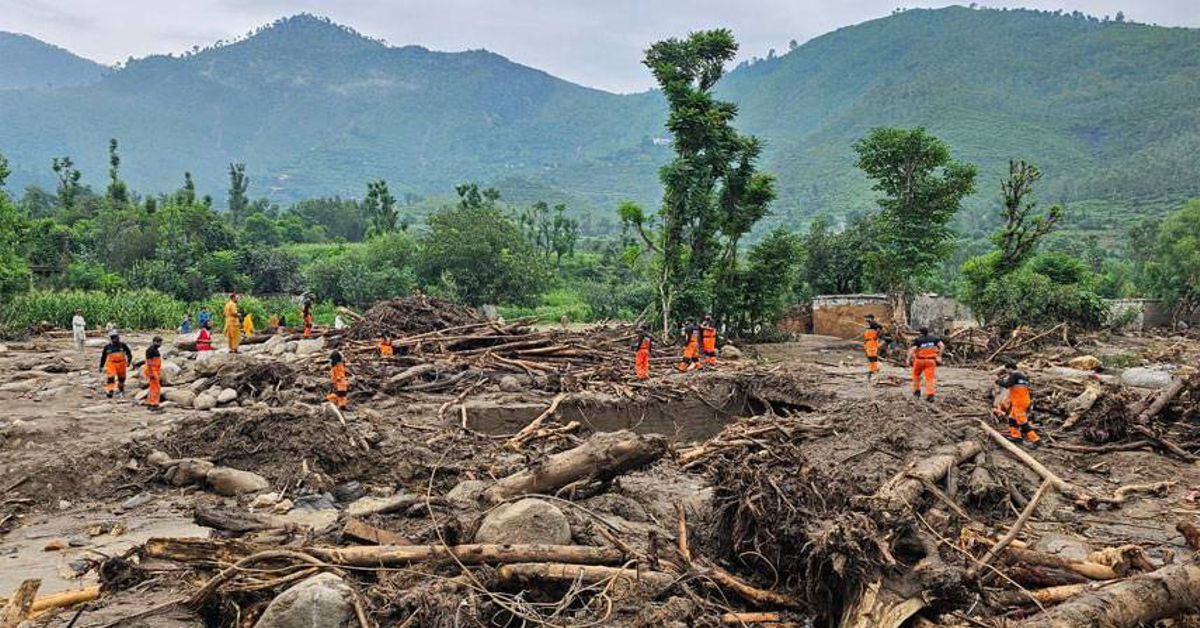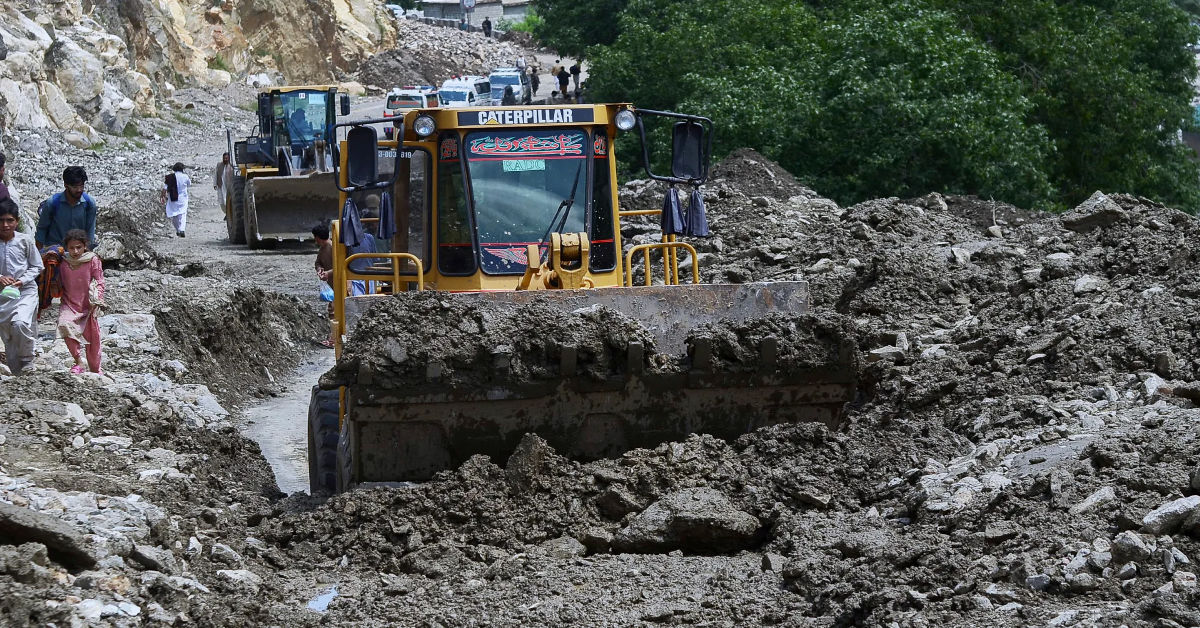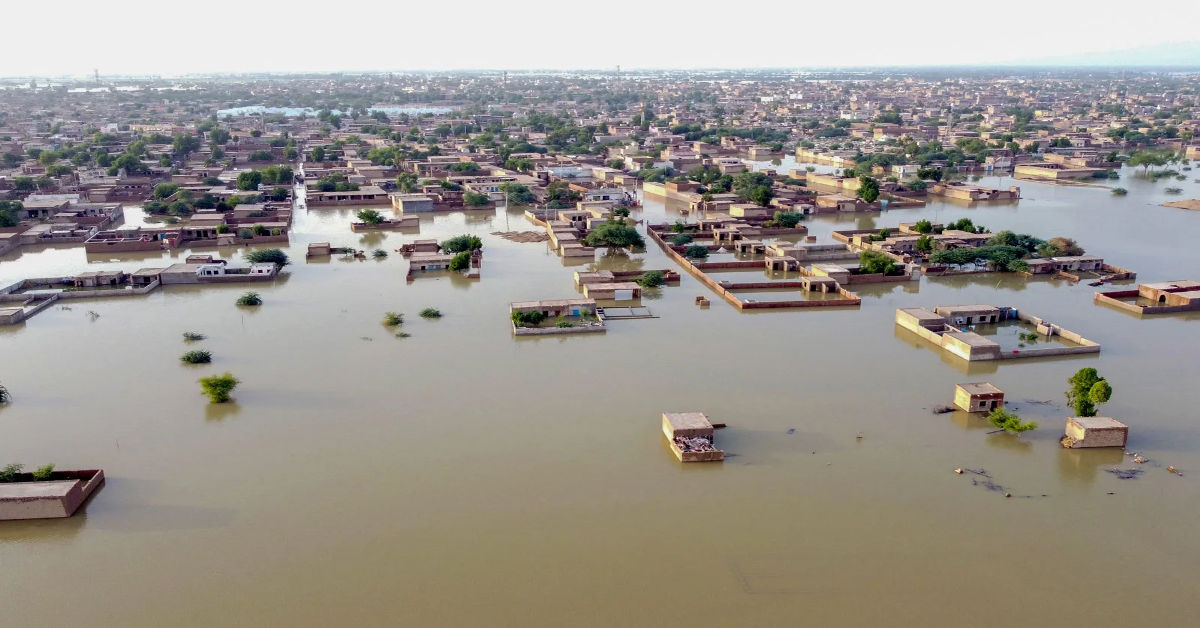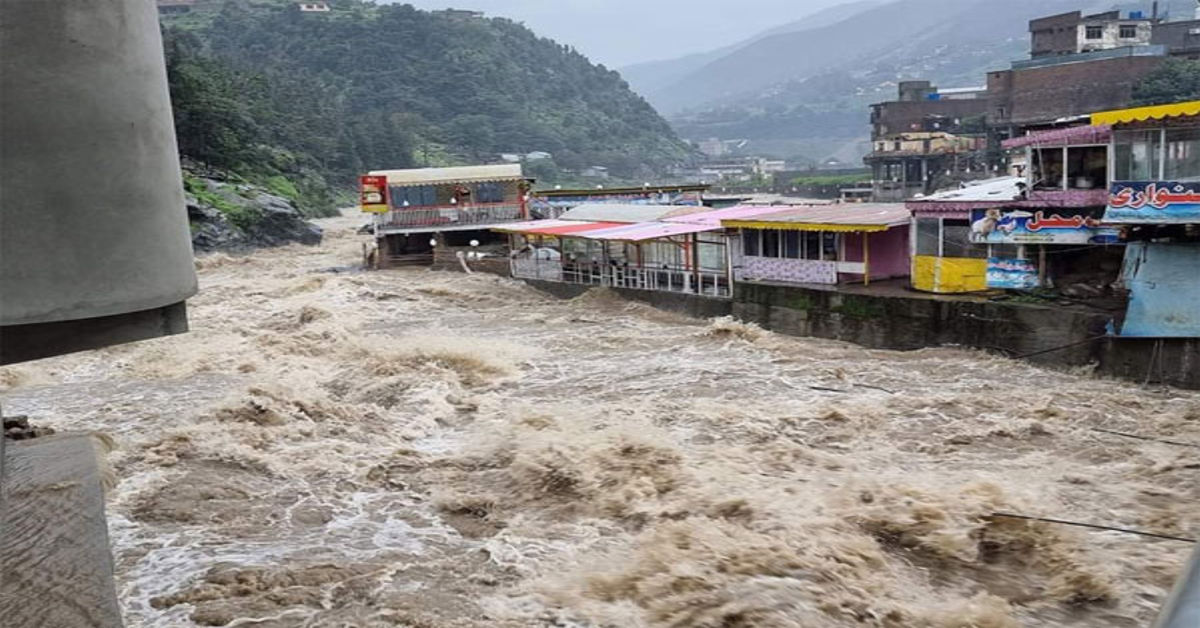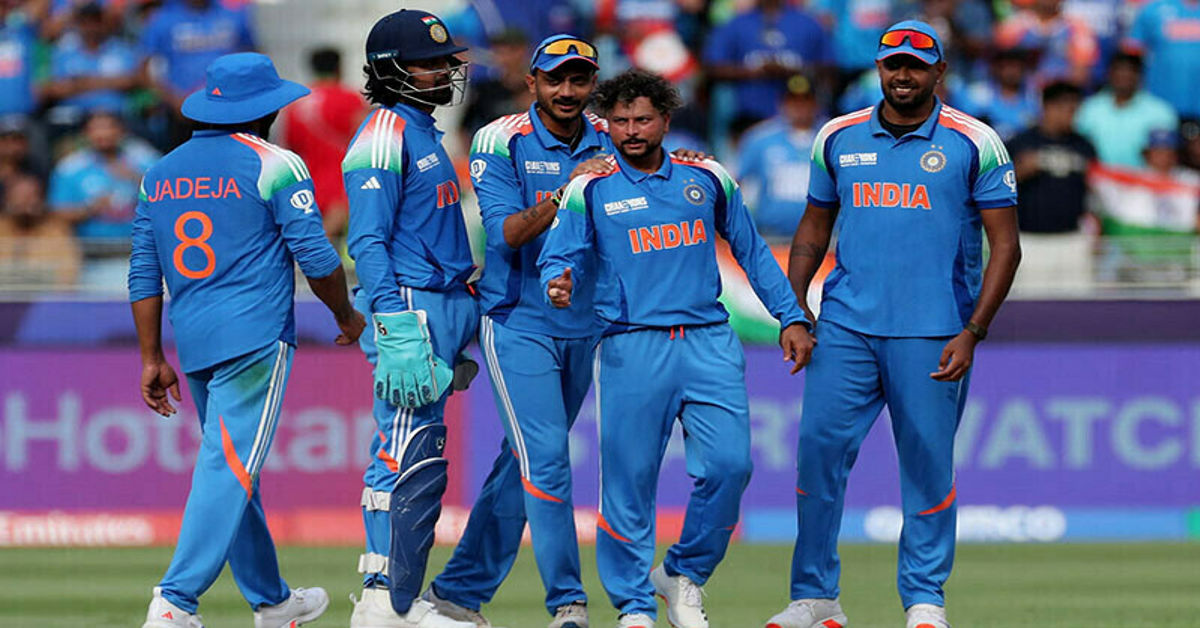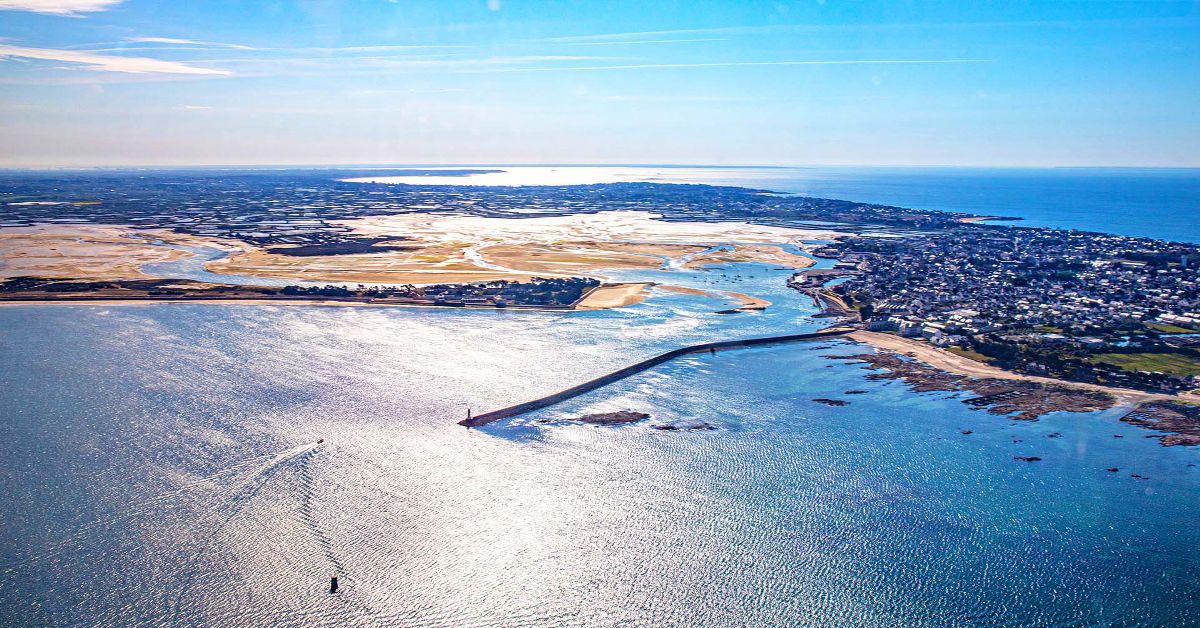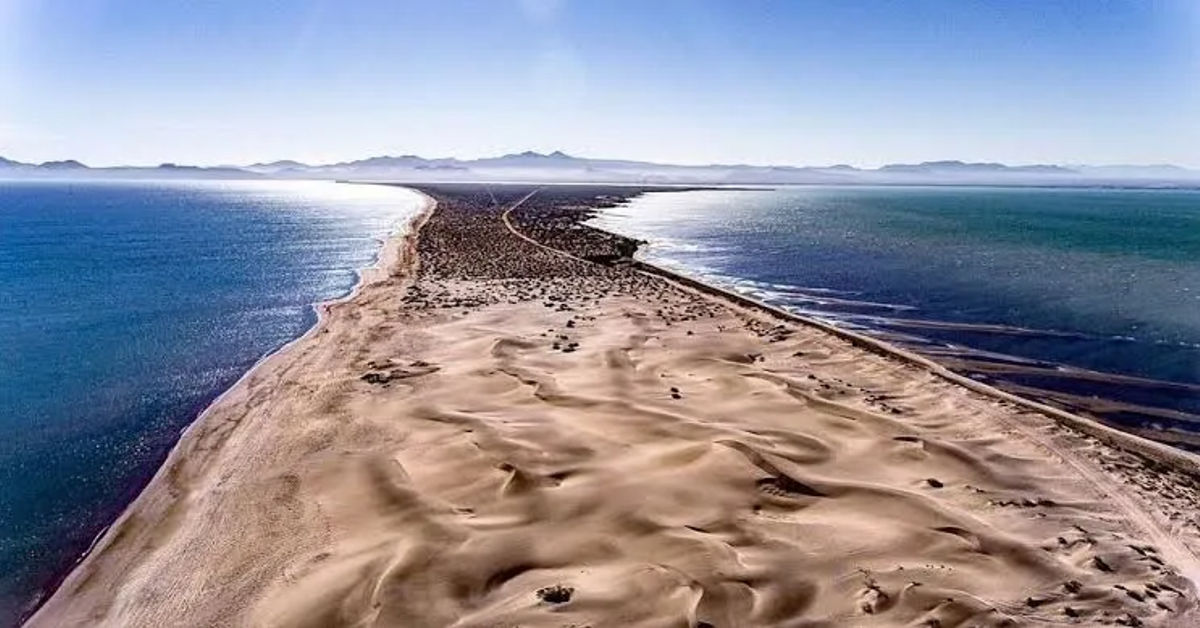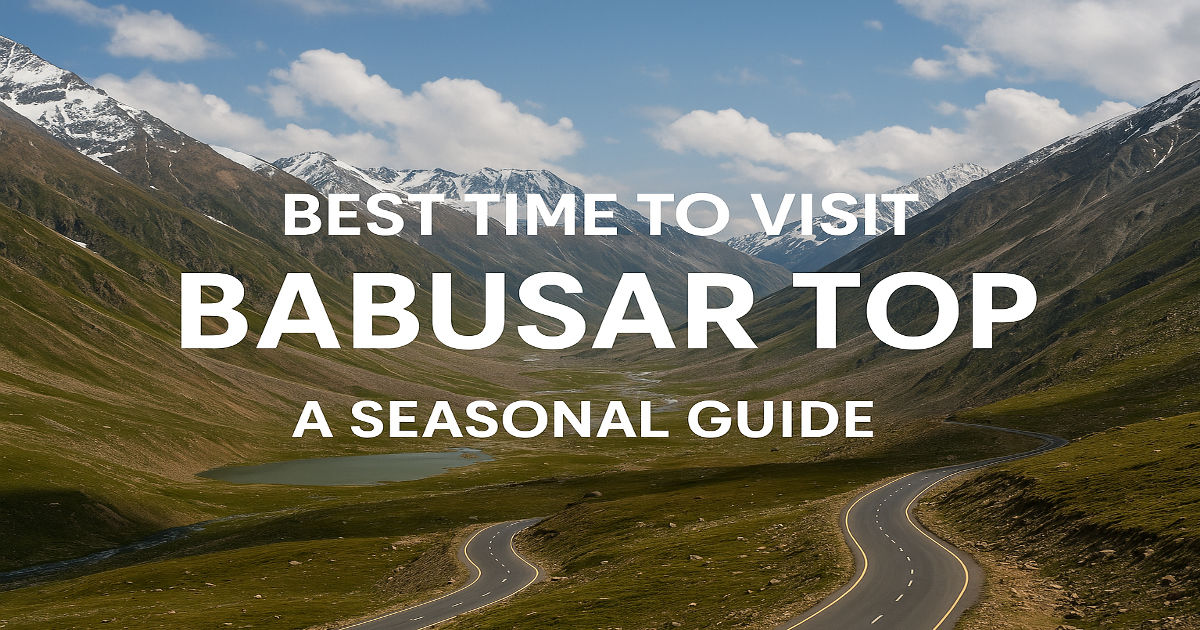
Perched at a breathtaking altitude of 4,173 meters (13,691 feet), Babusar Top is more than just a mountain pass. It is the majestic gateway connecting the lush Kaghan Valley with Chilas on the legendary Karakoram Highway. This high-altitude wonder in the northern areas of Pakistan offers a dramatic landscape of alpine meadows, serene sapphire lakes, and, on clear days, staggering panoramic views of the mighty Nanga Parbat. For travelers seeking raw, untouched beauty, the journey to the summit is as rewarding as the destination itself. Determining the best time to visit Babusar Top is crucial for a safe and memorable adventure, as its accessibility is entirely dictated by Mother Nature.
Understanding the Babusar Pass Route
The road to Babusar Top, a critical artery for both locals and tourists, is an engineering marvel that winds through some of the world’s most spectacular scenery. Starting from the bustling town of Naran in the Kaghan Valley, the route climbs steadily, passing landmarks like the turquoise Lulusar Lake before ascending to the pass. On the other side, the road descends sharply towards Chilas, offering a direct link to Gilgit-Baltistan. This strategic location makes Babusar Pass a popular transit point for those exploring the wider region.
A Seasonal Overview: When to Go
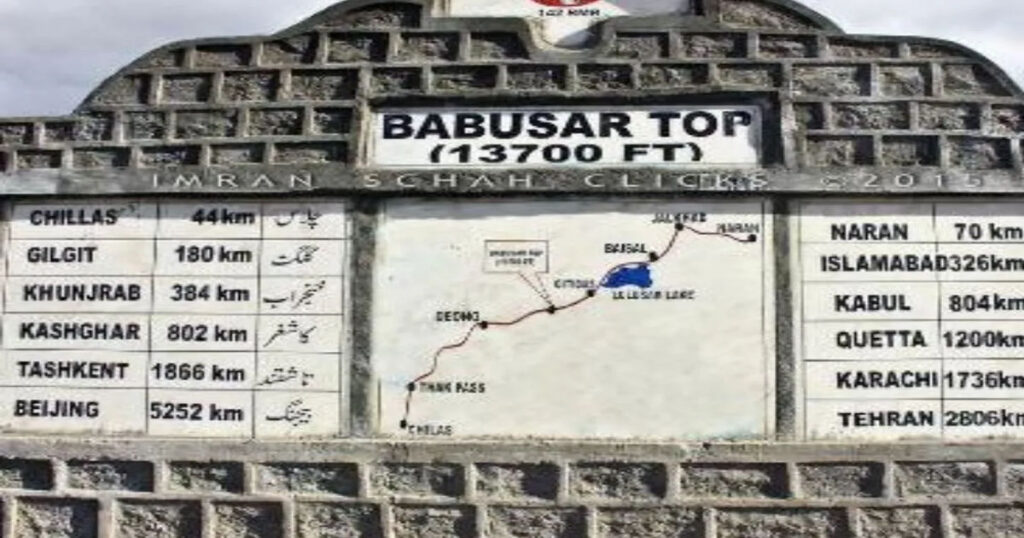
Planning your trip requires a close watch on the seasons, as heavy snowfall renders the pass inaccessible for much of the year. The pass typically opens in late May or early June and closes by late October, though these dates can shift depending on annual weather patterns. July and August represent the peak summer season, offering the most stable weather and warmest temperatures. The shoulder months of June and September provide a unique experience with fewer crowds, though conditions can be less predictable. Ultimately, finding the best time to visit Babusar Top involves balancing your tolerance for crowds with your desire for ideal weather.
Peak Season: July and August Glories
July and August are undeniably the most popular months to visit. During this period, the snow has fully melted, revealing vibrant green meadows carpeted with wildflowers. Daytime temperatures are pleasant, making it perfect for lingering at the summit, enjoying a hot cup of tea from a local stall, and soaking in the 360-degree views. This is the ideal window for family travel and for those who want the highest probability of clear skies to photograph Nanga Parbat. Be prepared for weekend crowds, as both local and international tourists flock here to escape the summer heat of the lowlands.
The Quiet Beauty of June & September
For travelers who prefer solitude, the shoulder seasons offer a compelling alternative. In June, you might still see significant snowfields, creating a stunning contrast against the emerging green landscape. September brings the first hints of autumn, with cooler air and a golden hue tinting the scenery. On my last visit in mid-September, the crisp morning light cast a magical glow over the entire valley, and there were only a handful of other vehicles at the summit. While the weather can be more volatile, the reward is a more personal and tranquil experience.
Day Planning and Golden Hours
Timing your visit within the day is just as important as choosing the right month. Early mornings provide the best chance for clear, crisp views before afternoon clouds often roll in. The “golden hours” of sunrise and sunset offer photographers an unparalleled opportunity to capture the landscape in ethereal light. A sunrise expedition is a commitment, requiring a very early start from Naran, but watching the first rays of light hit the surrounding peaks is an unforgettable spectacle. For those who prioritize photography, planning your day around these times is key. This is why many consider sunrise the absolute best time to visit Babusar Top.
Preparing for the Altitude
Altitude sickness is a genuine concern at Babusar Pass. At over 4,000 meters, the air is thin, and symptoms like headaches, dizziness, and shortness of breath can affect anyone, regardless of fitness level. To acclimatize properly, spend at least a night in Naran (2,409 meters) before ascending. Stay well-hydrated by drinking plenty of water, and avoid rapid exertion at the summit. Move slowly, listen to your body, and descend if you feel unwell. It’s also wise to pack layers of clothing, sunscreen, and sunglasses, as the weather can change in an instant.
Road Status and Safety First
Before setting out, always check the current road status. The National Highway Authority (NHA) and local tourism police in Naran are the best sources for up-to-date information on whether the pass is open. Unexpected snowfall or landslides can cause closures even during the open season. Only experienced drivers should attempt the route, and 4×4 vehicles are highly recommended, especially early or late in the season. Jeep tours are a popular and safe option available for hire in Naran.
Local Culture and Refreshments
The journey to Babusar is also a chance to interact with the warm and resilient local culture. Small, rustic tea stalls dot the roadside and cluster at the summit, run by locals who move their businesses up and down the mountain with the seasons. Stopping for a steaming cup of chai and a simple snack is part of the quintessential Babusar experience. It offers a moment to rest, chat with fellow travelers, and support the local economy.
In conclusion, the optimal window for your journey falls between late June and early September. This period promises open roads, pleasant weather, and access to the full splendor of the pass’s alpine beauty. Whether you brave the pre-dawn cold for a glorious sunrise or enjoy a sunny mid-day visit, choosing this timeframe ensures you experience the best time to visit Babusar Top and create memories that will last a lifetime.
Frequently Asked Questions (FAQ)
1. When does Babusar Pass typically open and close?
The pass is generally open from late May or early June until late October. However, these dates are dependent on snowfall and can change annually. Always verify the current road status with local authorities in Naran or Chilas before your trip.
2. What is the weather like by month?
- June: Cool and crisp, with significant snow patches remaining. Possibility of rain.
- July/August: The warmest months. Pleasant daytime temperatures, but nights are cold. Afternoon clouds are common.
- September: Cooler temperatures return, with crisp air and a hint of autumn. Weather becomes more unpredictable.
- October: Cold, with a high chance of early snowfall leading to the pass’s closure.
3. Can families with children or seniors visit?
Yes, families and seniors can visit, but precautions are essential. The main challenge is the high altitude. It is crucial to acclimatize properly in a lower-altitude town like Naran for a day or two. Move slowly at the summit, stay hydrated, and consult a doctor before traveling if there are pre-existing health concerns.
4. What are the best photography spots and times?
The summit itself offers 360-degree views, with Nanga Parbat being the star attraction on a clear day. The “golden hours” around sunrise and sunset provide the most dramatic lighting. Lulusar Lake, on the way to the pass from Naran, is another iconic photo spot.
5. How can I prevent altitude sickness?
Acclimatize by spending at least one night in Naran before ascending. Drink plenty of water and avoid alcohol. Ascend slowly and do not overexert yourself at the top. If symptoms like severe headache, nausea, or dizziness occur, descend to a lower altitude immediately.
6. What is a realistic budget for a trip?
Costs can vary widely. A budget trip could involve using public transport to Naran and hiring a shared jeep. A mid-range trip might involve renting a private 4×4 and driver from Naran for a day trip, which is a common and convenient option. Accommodation in Naran ranges from budget guesthouses to more comfortable hotels.
7. What should I do if the pass is unexpectedly closed?
If the pass is closed, the Kaghan Valley itself has plenty to offer. You can explore Saif-ul-Maluk Lake, go trekking around Naran, visit the village of Batakundi, or simply enjoy the riverside scenery. The closure means you will have to use the Karakoram Highway via the Besham route to reach Gilgit-Baltistan, a much longer alternative.




